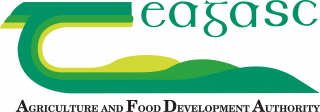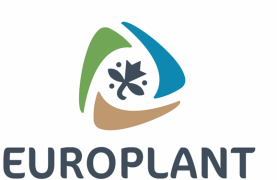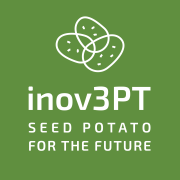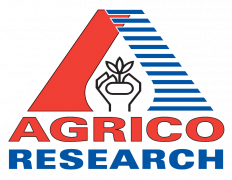Abstract
The cultivation of potatoes is one of the most important parts of the world’s agricultural system, so forecasting methods that can precisely predict the direction of production are needed. We focus on the area of optimization techniques herein in this study and develop a particular use of metaheuristic algorithms applied to improve predictive models. Among such algorithms, the Waterwheel Plant Algorithm (WWPA) is notable for its efficiency in enhancing the autoregressive integrated moving average (ARIMA) model. Feature selection, an essential preprocessing step in machine learning, is of the highest significance in our approach. We apply the bWWPA method to select the most central features from the dataset, which, in turn, improves the whole predictive model’s performance. Through the identification of the main patterns and links in the data, feature selection allows for the model to focus on the most influential factors, giving way to more precise predictions. The WWPA-ARIMA model obtained by our method captures the essential features after optimization and thus involves a very low root mean square error (RMSE) of 0.0001. Such a high level of precision emphasizes the efficiency of our optimization procedure in adjusting the ARIMA model parameters carefully to reveal the hard-to-catch patterns in potato production data. To evaluate the robustness of our method, we employ strong statistical analyses, such as ANOVA and the Wilcoxon signed-rank test. This test also gives additional evidence that our optimization method works better than alternative approaches.















